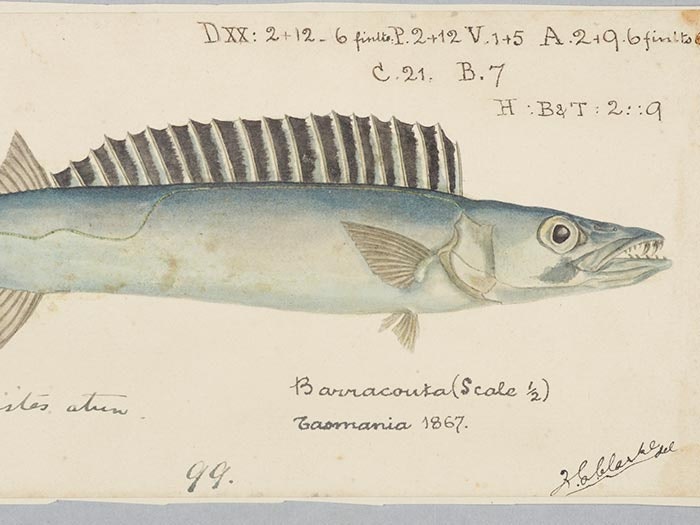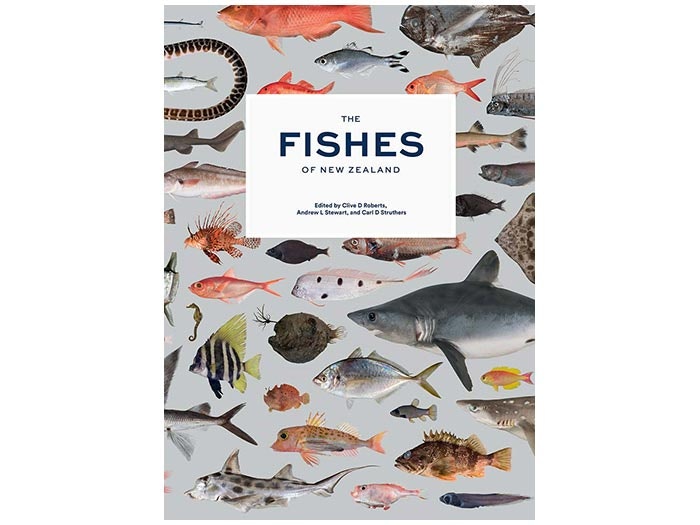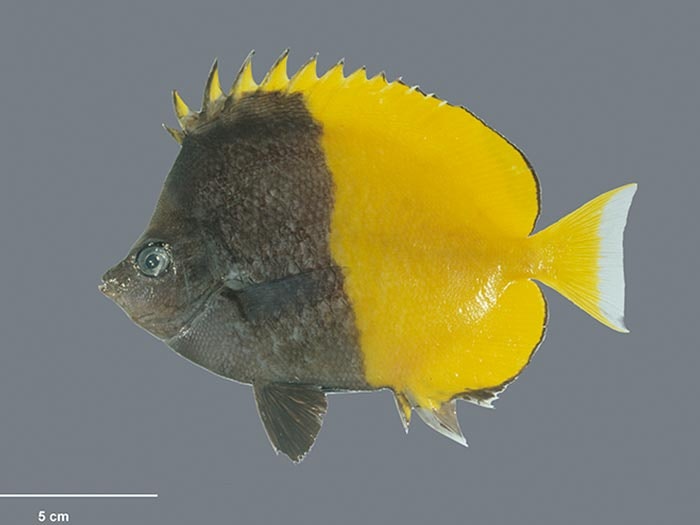
Tuhinga 6, 1996
The estimation of live fish size from archaeological cranial bones of the New Zealand barracouta Thyrsites atun
B.F. Leach, J.M. Davidson, L.M. Horwood, A.J. Anderson
ABSTRACT: Twenty-four measurements were taken on five of the paired cranial bones and the otoliths of a modern sample of 278 barracouta, Thyrsites atun. Regression analysis was performed on these measurements to estimate live fork length and ungutted weight. A number of regression models were examined (linear, logarithmic and power curve) to work out the optimum estimator for each bone measurement. It was found that live fork length of this species can be estimated with a standard error of less than ± 46.mm, and the weight to less than ± 360 g. Coefficients are provided for 48 equations linking bone size to live characteristics. This is followed by a study of barracouta from an archaeological site at Long Beach, Otago. Measurements were made on 15,558 archaeological bones with a Minimum Number of Individuals of 4,505. It was found that the barracouta catch had near normal characteristics with a mean fork length of 795 mm and SD of 51 mm. The mean body weight was estimated at2347 g. The useable meat weight represented by these fish is estimated to be 7.4 metric tonnes.
The estimation of live fish size from archaeological cranial bones of the New Zealand barracouta ‘Thyrsites atun’ (2.63 MB)
You might also like


The Fishes of New Zealand
The most detailed reference to the fishes of New Zealand ever published – definitive and completely illustrated.
